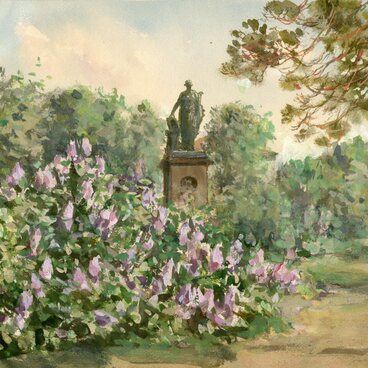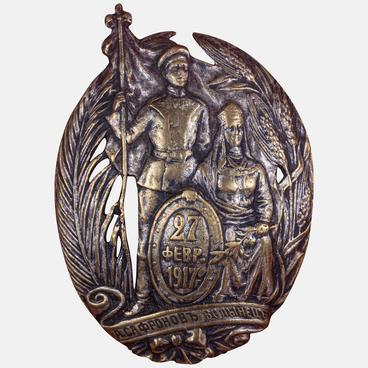The Ulyanovsk Regional Museum of Local Lore houses ichigi boots made somewhere between the late 19th and early 20th centuries.
Ichigi are light leather boots with a soft toe and a hard back, initially without heels. Ichigi were widespread among the Tatars and became an indispensable part of their national costume. One of the characteristic features of ichigi boots is that the pattern on their surface is made by assembling colored pieces of leather. Silk, cotton, gold and silver threads are used to connect the parts together, forming a special Tatar (or Kazan) seam. This method of joining hand-patterned pieces of leather is also known as “leather mosaic”.
Two types of threads — stitching and embroidery — are used together in the Kazan seam. The stitching thread connects the details of the cut, and the embroidery thread decorates the seam with multi-colored threads (gold and silver threads, silk and cotton). Thus, the seam performs two functions — connective and decorative. The peculiarity of this patterned surface is that the seams seem invisible. Each stitch of the decorative seam contains 3–5 loops, wound around the needle and run along the front, indicating the contours of the patterns. This is a very painstaking process that requires great skill. The inside of ichigi boots is usually lined with fur, flannel or felt.
There are quite a few varieties of ichigi, depending on the type of the upper material, the method of attaching the soles, the color and whether the heel was present. There are ichigi made from boxcalf and yuft, there are also women’s and men’s ichigi. But even with all these varieties, ichigi boots are always made from multi-colored pieces of leather, sewn line-on-line. In the 19th century, there were so-called ichigi centers in the Kazan, Vyatka, Tver, and Orenburg Governorates. Ichigi are usually decorated with floral motifs or abstract figures since in Islam it is forbidden to depict animals and people. The motifs include a lot of highly stylized forms: they are schematic which sometimes makes it difficult to attribute them to a particular group of flowers. Many ichigi feature patterns that combine images of seeds, sprouts (or flower buds) and an open flower: most likely, it symbolizes the continuity of life. The wavy shoot, trefoil, lotus and tulip motifs are also very popular.


